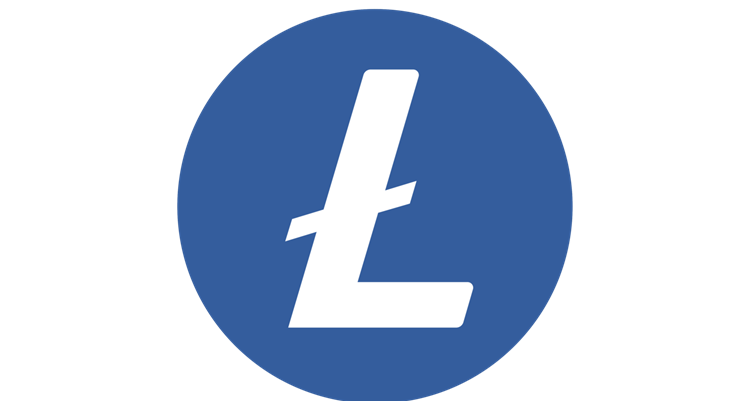In the vast universe of cryptocurrencies, Litecoin shines as a prominent player, often referred to as the “digital silver” to Bitcoin’s “digital gold.” Created by Charlie Lee, a former Google engineer, Litecoin entered the scene in October 2011, aiming to improve upon the shortcomings of Bitcoin while maintaining the essence of decentralization and security. Over the years, Litecoin has evolved into a robust and reliable digital currency, earning its place among the top cryptocurrencies by market capitalization.
The Genesis of Litecoin
Litecoin was conceived as a fork of the Bitcoin Core client, with key differences aimed at enhancing transaction speed and scalability. One of the most significant alterations was Litecoin’s block generation time, set at 2.5 minutes compared to Bitcoin’s 10 minutes. This faster block generation time allows Litecoin to process transactions more swiftly, enabling quicker confirmations and fostering a more agile network.
Another crucial aspect that sets Litecoin apart is its hashing algorithm. While Bitcoin utilizes SHA-256, Litecoin employs Scrypt. This algorithm change aims to democratize mining, making it more accessible to a broader range of participants. Scrypt is more memory-intensive than SHA-256, reducing the advantage of specialized mining hardware (ASICs) and promoting a more decentralized mining ecosystem.
Key Features of Litecoin
- Fast Transaction Speeds: Litecoin’s 2.5-minute block time facilitates rapid transaction confirmations, making it suitable for daily transactions and micro-payments.
- Scalability: With a maximum supply limit of 84 million coins, four times that of Bitcoin, Litecoin offers increased scalability and ensures a more equitable distribution of coins.
- Low Transaction Fees: The cost of sending Litecoin transactions is typically lower compared to Bitcoin, making it an attractive option for individuals and businesses seeking cost-effective payment solutions.
- Active Development Community: Litecoin boasts a dedicated and active development community continuously working on enhancing the protocol’s features and security.
- Cross-Compatibility: Due to its similarities with Bitcoin, Litecoin is compatible with many existing cryptocurrency infrastructure and services, facilitating its integration into various platforms and applications.
Litecoin’s Role in the Cryptocurrency Ecosystem
Litecoin’s primary function is as a peer-to-peer digital currency, enabling fast and low-cost transactions globally. However, its utility extends beyond everyday transactions. Litecoin is often used as a means of transferring value between different cryptocurrency exchanges due to its fast transaction speeds and relatively low fees.
Moreover, Litecoin serves as a testing ground for implementing new features and technologies before they are deployed on the Bitcoin network. For instance, Litecoin adopted Segregated Witness (SegWit) in 2017, a protocol upgrade aimed at improving transaction throughput and scalability. This successful implementation paved the way for Bitcoin to adopt SegWit shortly after, demonstrating Litecoin’s role as an innovative force within the cryptocurrency space.
Litecoin’s Market Performance
Over the years, Litecoin has witnessed significant price fluctuations, closely mirroring the broader cryptocurrency market trends. Like most cryptocurrencies, Litecoin experienced a meteoric rise in value during the 2017 bull run, reaching an all-time high of over $360 in December of that year. However, it also experienced subsequent corrections during market downturns, highlighting its susceptibility to market sentiment and volatility.
Despite these fluctuations, Litecoin has maintained its position as one of the top cryptocurrencies by market capitalization, reflecting its enduring relevance and investor confidence in its long-term potential.
Conclusion
Litecoin stands as a testament to the innovative spirit driving the evolution of cryptocurrencies. With its focus on speed, scalability, and accessibility, Litecoin has carved out a niche for itself in the digital currency landscape. Whether as a medium of exchange for everyday transactions or as a testbed for pioneering blockchain technologies, Litecoin continues to play a significant role in shaping the future of finance.
As the cryptocurrency ecosystem continues to mature, Litecoin’s resilience and adaptability position it well to thrive in an increasingly interconnected and digital world, reaffirming its status as the “digital silver” of cryptocurrencies.
 Anasayfa
Anasayfa Canlı Borsa
Canlı Borsa Borsa
Borsa Döviz Kurları
Döviz Kurları Altın
Altın Hisse Senetleri
Hisse Senetleri Endeksler
Endeksler Döviz Hesaplama
Döviz Hesaplama Döviz Çevirici
Döviz Çevirici Kredi Arama
Kredi Arama

































































































